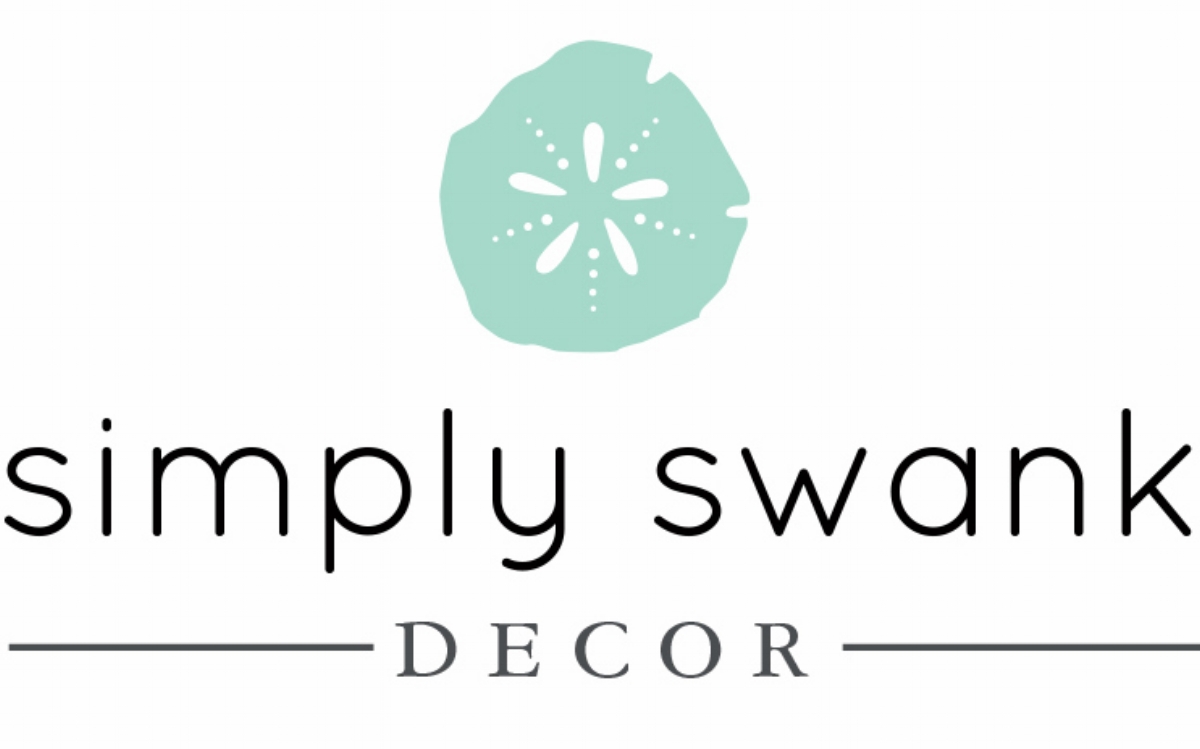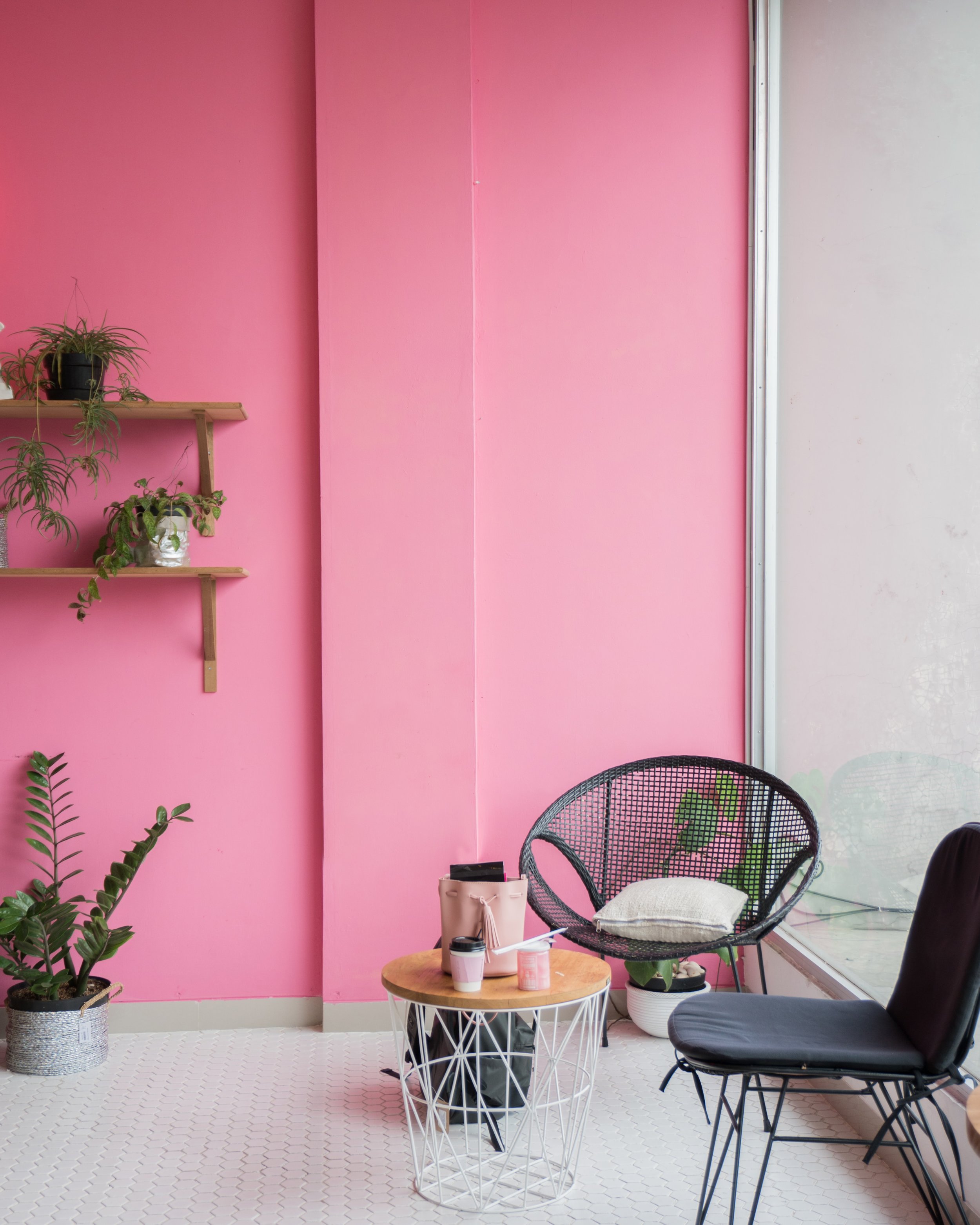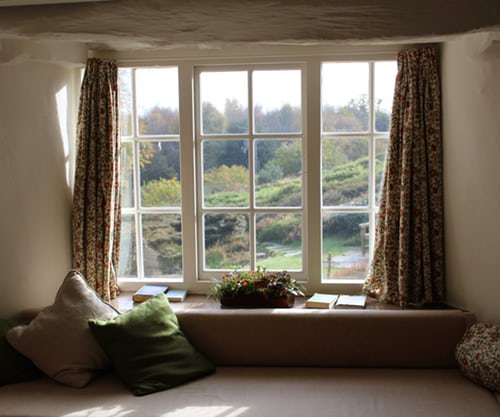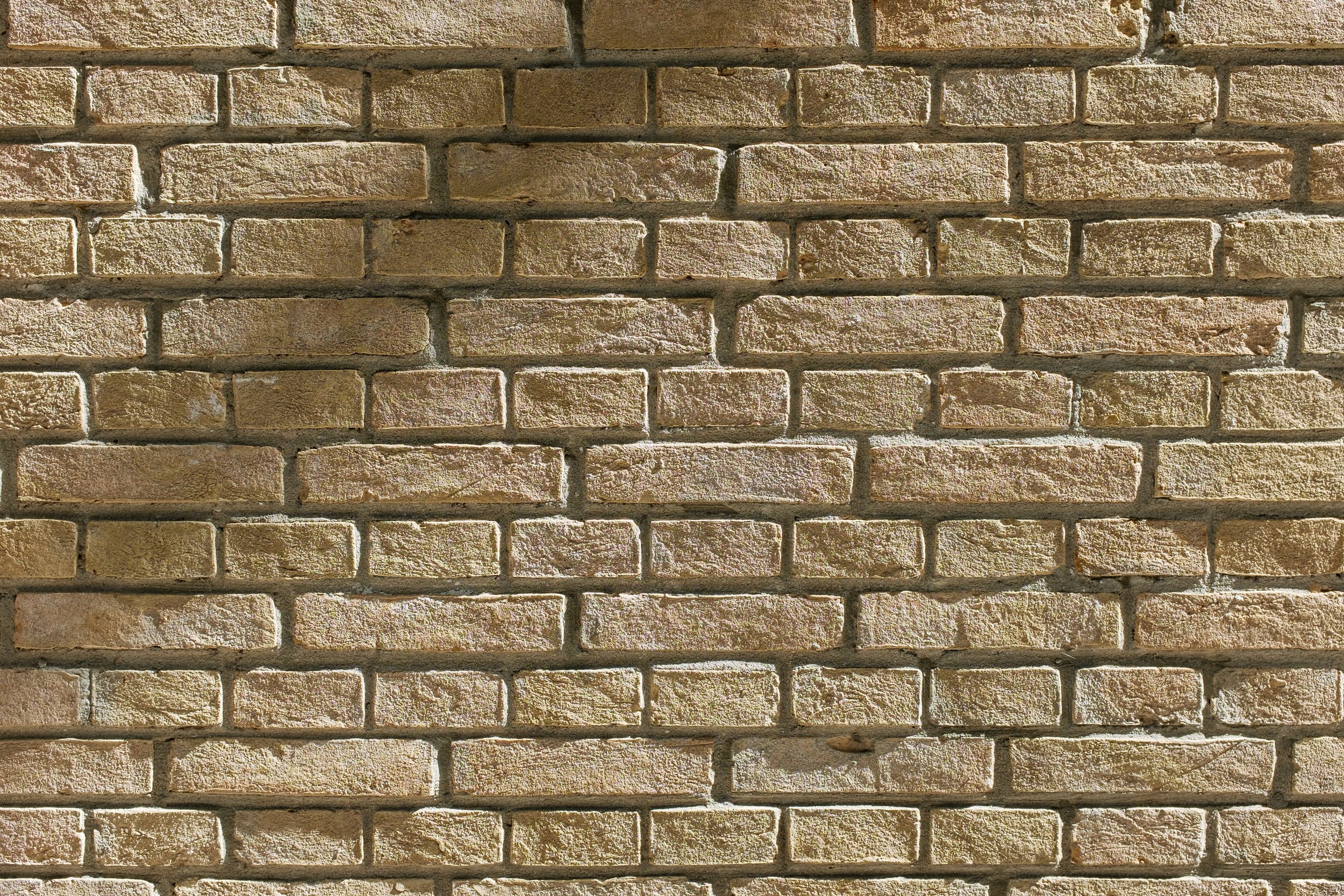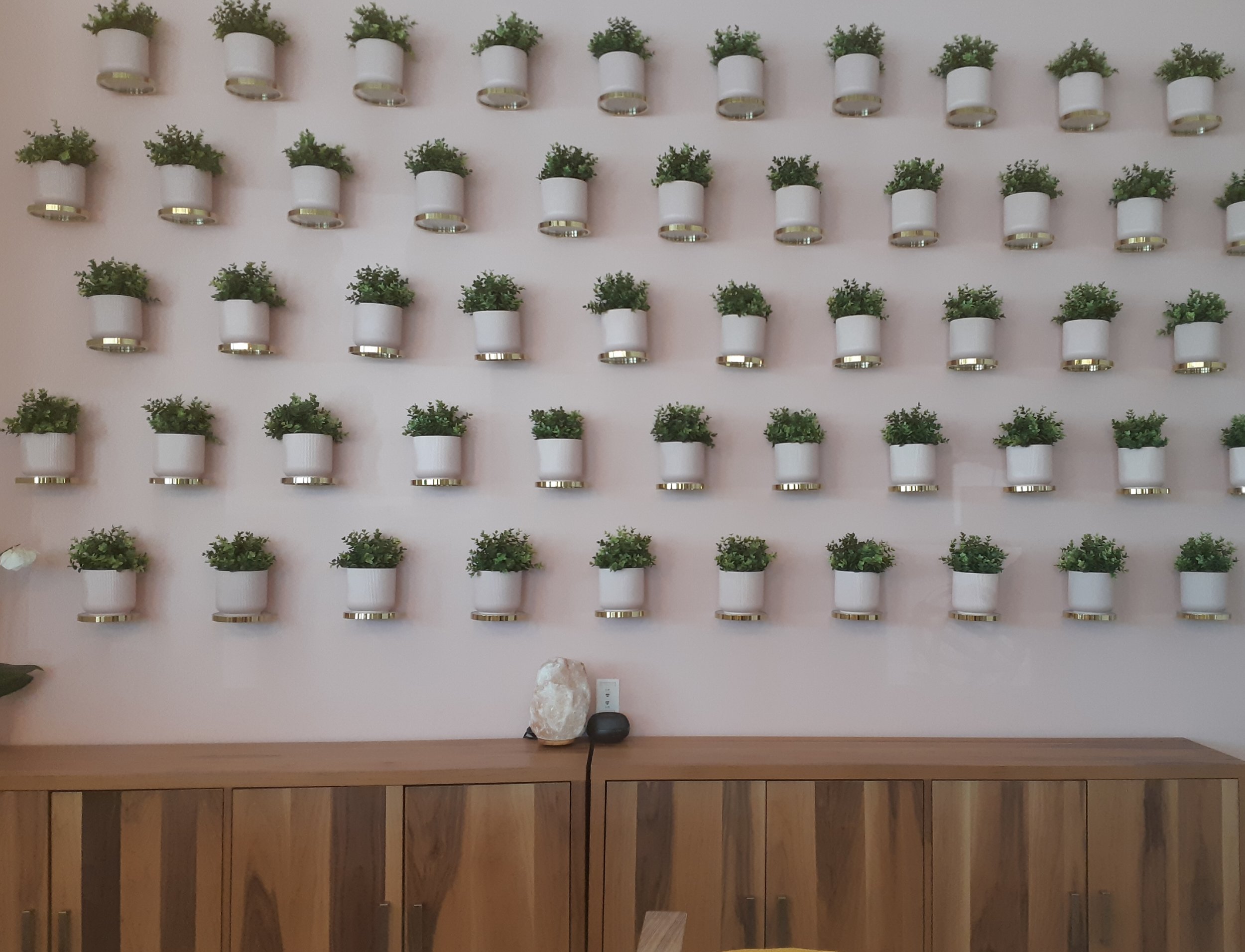You may have read that feature walls are passe. I want to reassure you this is just not so! The concept and style of the feature wall have changed but their use is still going strong.
Typically a feature wall is used in one of two situations – either to highlight or downplay. If you have a particular architectural feature or a line of sight, think focal point, that you would like to highlight, a feature wall is an ideal approach to ensure the feature is in the spotlight. Conversely, if there is something not particularly attractive in a space that you do not want to draw attention to, for example an awkward corner, ugly fireplace or unattractive view you should downplay it.
Another instance where a feature wall can be of benefit is in an open concept home. Accent walls serve to create definition to functional areas such as the dining or conversation area.
Photo Credit: Victoria Borodinova
So, how do you make a feature wall work for you?
Colour
Colour is one of your best friends in either situation and the most economical as well! Dark or richer colours will draw the feature forward so the eye naturally moves to that which you are highlighting. In this instance only the feature wall should be painted the darker tone and the other walls a lighter coordinating colour.
Lighter colours recede so the feature you are trying to downplay would not stand out and in this instance I would paint all walls the same lighter colour to bring cohesiveness to the space thereby further downplaying the feature you are trying to minimize.
Photo Credits Above Left to Right: Jason Leung, Stefen Tan
Materials
There are a wide range of materials available that are appearing on feature walls. Tiles (ceramic, quartz, concrete), ship lap, stone, wall paper (yep! it’s back!), wood, fabric, plants – if you can imagine it, it is going to be available and its use possible on walls. Any one of these materials can be used to create a stunning feature wall or to complement an existing architectural feature such as a fireplace, line of site or a panorama.
Photo Credits Above Left to Right: Rob Wingate, Keresi72, Ilario Piatti, Simply Swank Decor
Such a feature wall can also serve to draw the eye toward it and away from an unattractive feature. For example, if there is an ugly wall you do not want to highlight, make the opposite wall a feature wall with one of the materials mentioned above. To further downplay the ugly wall, paint it and the other walls a similar light shade. While the eye will naturally be drawn to the feature wall, lighter colour on the remaining walls will make them recede and the feature wall even more prominent.
Feature Walls - Not For Every Space
While feature walls can downplay a feature or emphasize a focal point, they should not be used in every space. Small spaces will feel even smaller and more crowded if they include a feature wall. Similarly crowded spaces, regardless of their size, will feel even more crowded and ‘busy’ if an accent wall is installed.
In these instances if you still want to hide or highlight a feature, consider the use of paint in light, calm and coordinating colours only. The eye will discern a difference in the colours and move to the focal point you are accentuating.
Photo Credit: Michael Mroczek
When planning a feature wall be sure not to overwhelm your room, remember that less is more and can make the feature wall even more attractive. Bear in mind that creating a feature wall anywhere but the focal point will create a sense of chaos as the eye will not have a place to ‘rest’.
So what feature do you want to highlight (or hide!). Enjoy considering the possibilities and creating a comfortable, stylish space.
For more design and decor inspiration like and follow Simply Swank Decor on:
Facebook (https://www.facebook.com/simplyswankhomedecor/)
Pinterest (https://www.pinterest.ca/simplyswankdeco/)
Instagram (https://www.instagram.com/simplyswankdecor/)
